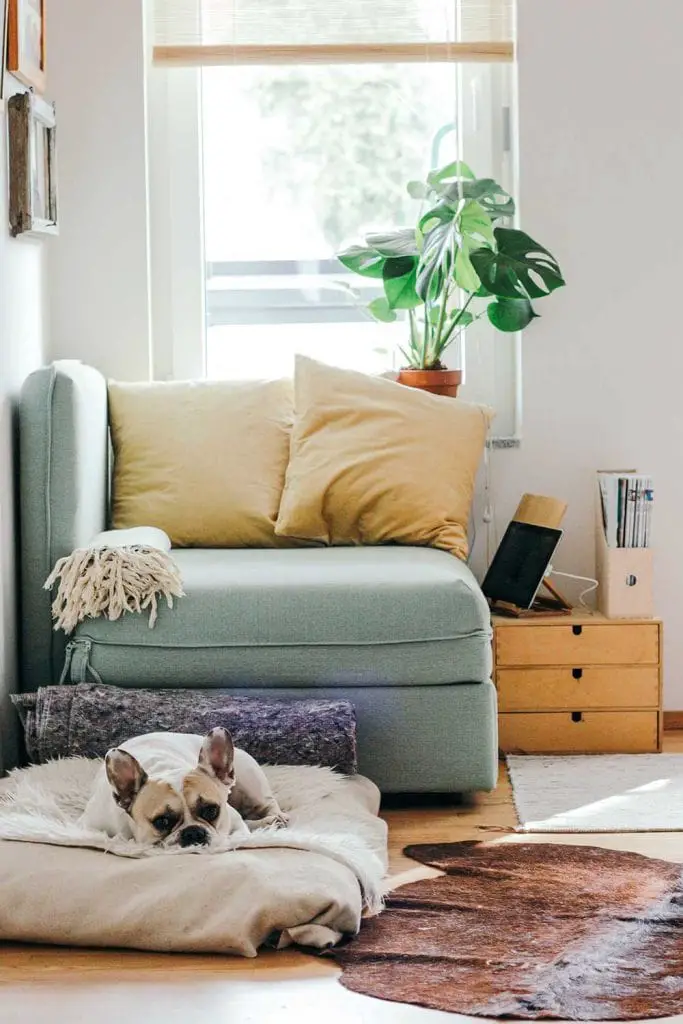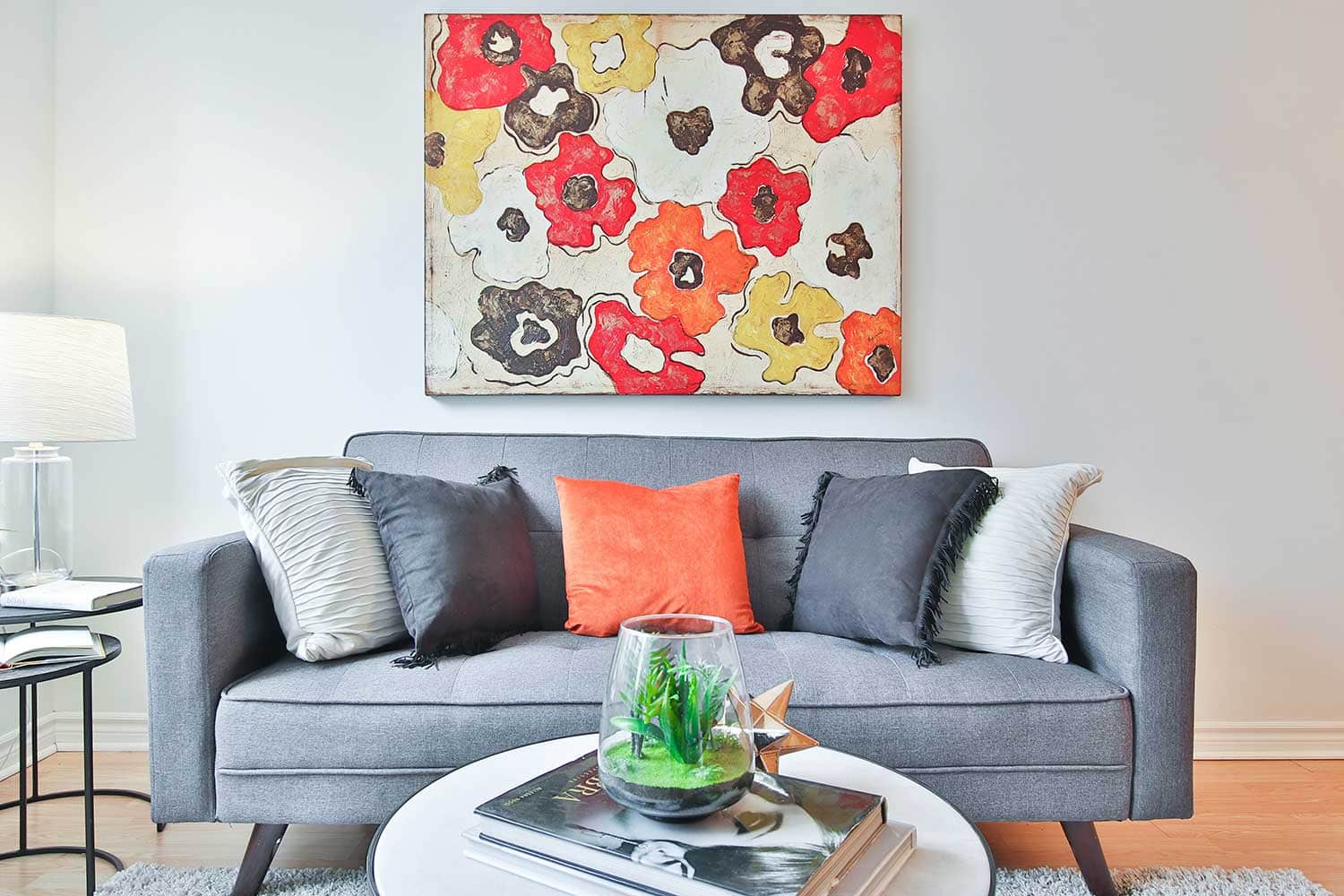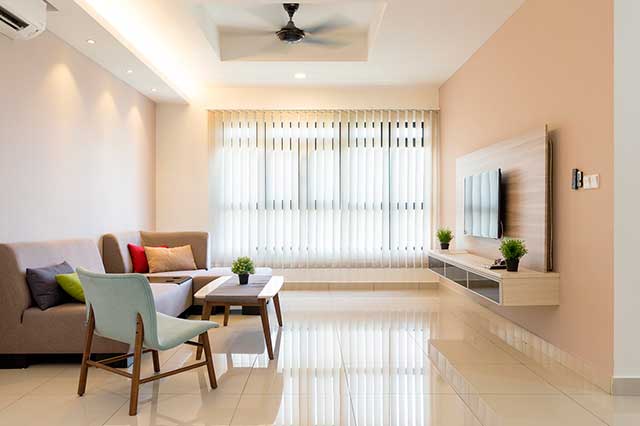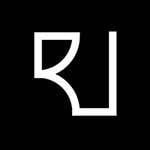Our spaces impact us on so many levels. We often view our homes through our senses; touch, sight, even smell. However, the subtle sense of energy is commonly overlooked. Feng Shui is a way to incorporate this aspect back into our furniture arrangements and rooms to not only improve our homes but our lives.
One of the biggest spaces in our homes is our living room. We socialize, relax, and engage in these rooms. Spending so much time in these areas, we want to make sure that energy is beneficial for us. A way we can improve the Feng Shui of these spaces is through our living room’s layout.
Want to know more about how to arrange your living room? Read on for these easy layout tips and suggestions anyone can do!
The Shape
In an ideal Feng Shui living room set up, you would have a perfect square or rectangular layout. However, many homes do not follow the ideal Feng Shui layout. That being said, you can still achieve a harmonious space, even with odd or L-shaped living room layout features.

Nooks
Nooks will naturally contain qi. This makes them ideal for doing things that use slower and more relaxed energy. For example, having a reading area with a couple of armchairs is great for nooks. Or, if you need to contain certain energy, such as having a small desk for work, a nook would be a great spot for this furniture. Most layouts will have some type of nook, and it is important to add furniture to these areas to keep the qi flowing throughout your living room.
Tiny
As if the square footage wasn’t an issue enough, working on the Feng Shui of a small living room can be a challenge as well. Since you are dealing with a smaller space, for one, you will need smaller furniture instead of a sectional, get a small sofa or love seat. Get a TV stand instead of a media wall unit. You want the space to feel open for the qi to move smoothly throughout. Too big of furniture (or too much) will create clutter and slow down this energy.

The Couch
Couches and sectionals are an important furniture piece in any living room. It is often where you (and your qi) will spend the most time. The best set up for your couch is to have it against a large wall. This is because this represents Black Tortoise energy. In Feng Shui, it is important for your back to be protected. Our backside is often the most vulnerable, so unwanted qi can easily enter here. The Black Tortoise symbolizes this protective energy for our backs (like a turtle’s shell), with either large walls or taller objects behind us to help create safe and protective energy.


If this is unattainable with your room’s shape or layout, then arrange your couch to minimize the flow of people walking behind it. These pathways maintain a constrained current of energy, which for us to be sitting behind is not the best for our own energy.
For couches, it is important to have end tables on either side. This helps to further contain this protective energy. In Feng Shui, this is known as the Green Dragon and White Tiger. Both of these are seen as guardian energies. The Green Dragon is the energy to the right of you, while the White Tiger is the energy to the left.

The TV
Aside from a couch, TV is the other main piece in your living room. Similar to the couch, a good Feng Shui placement would be to have your TV directly in front of a wall. Having it also directly across from your couch is better for Feng Shui since this represents the Red Phoenix energy. Red Phoenix energy is in front of us and contains expansive qi.
Watching a show or movie, we broaden our views and get lost into what we are seeing. With this energy being in front of us, a TV is a good location for this energy. The size of a TV is important as well. Too small of a TV, and we will not get that expansive of energy. Too large of a TV, meaning over the size of your sofa, and this creates an imbalance of having an excess of this energy.
TVs give off EMFs or Electromagnetic frequencies. This energy is unnatural and can even cause health issues, such as headaches, insomnia, and fatigue. To lessen your exposure, maintain a proper distance from the TV to the couch. Around eight to ten feet is ideal.
Other Aspects to Consider
Since qi likes to end up in corners, it is good to add some furniture or objects to your corners to keep this energy circulating. Plants are great for this since they contain living qi and can help to offset this stale energy.
To also keep qi circulating smoothly, choose coffee and side tables that are rounded rather than square or rectangular. In Feng Shui, points create ‘cutting energy’. Too much of this can make a living room feel too busy and not harmonious. Rounded tables allow the qi to flow effortlessly in the room.
Similar to the safety that having your couch against a wall gives, make sure that the entry to your living room is within view. Having you back to this as well, or having your couch along that same wall creates restless energy that is not beneficial to the Feng Shui of your living room.
Also read: Feng Shui Bedroom Layout Guide and Feng Shui Bed Direction
Following these easy Feng Shui layout tips for your living room will help to improve the flow of qi in your space but also bring you harmony and balance in your life.
